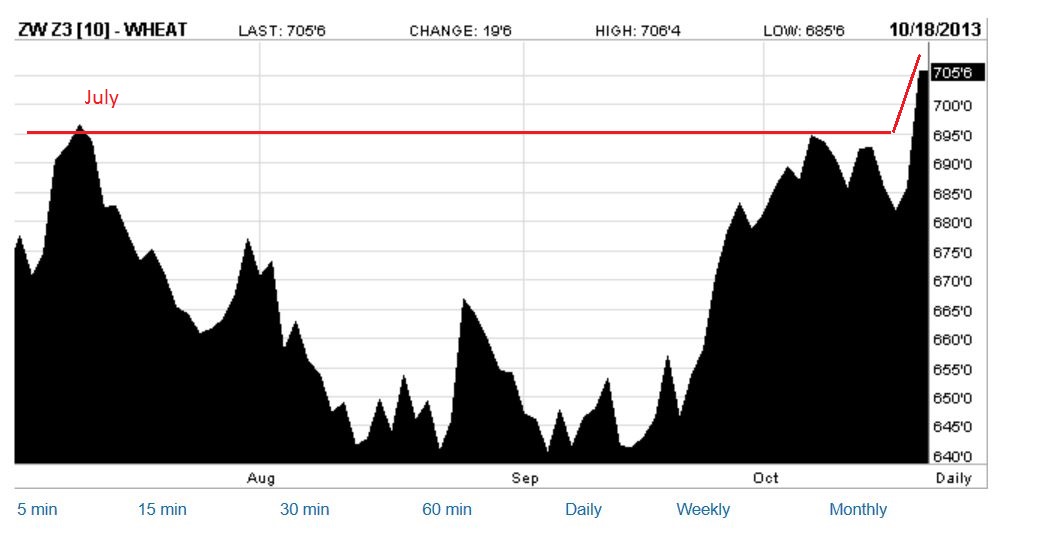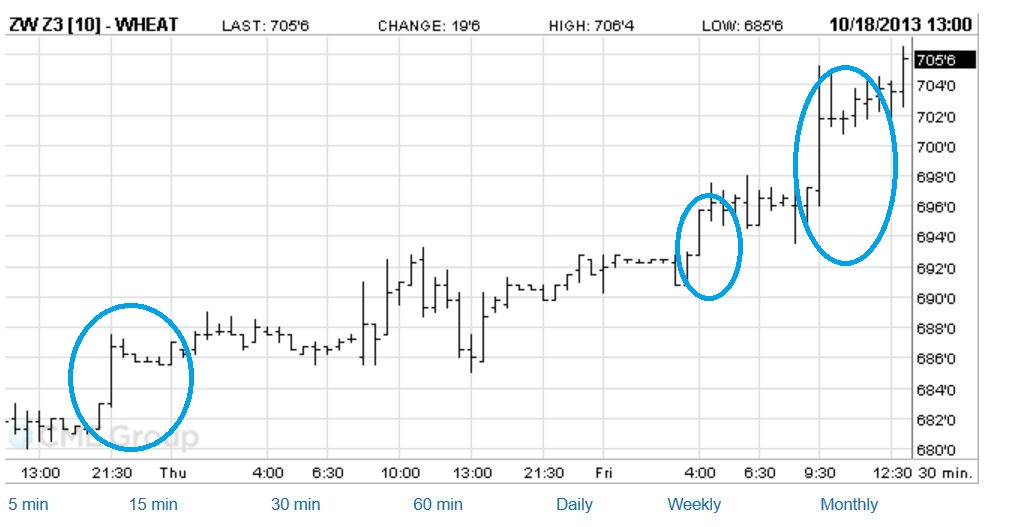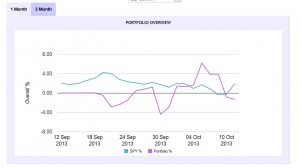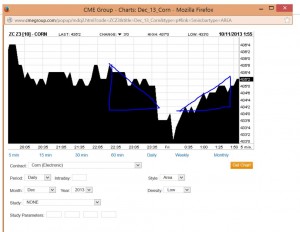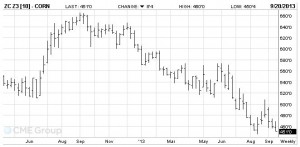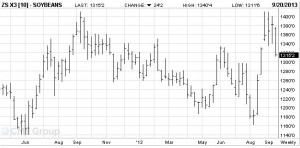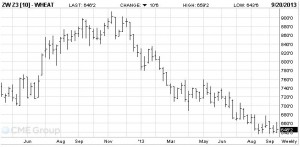I have been to Los Angeles last year. It is an amazing western city with enjoyable sunshine. Besides the wonderful scenery, the traffic in Los Angeles also impressed me deeply. The first impression Los Angeles gave me was the severe traffic jam. When I arrived in Los Angeles, we spent nearly one hour on a normally twenty-minute drive to get the hotel from the airport. In the following days, we wasted much time on the traffic as well. We often suffered from serious delay than the prediction of the GPS especially in rush hours. Fortunately, there were a significant amount of freeways in urban area, even if the movement was slow in peak hour. But if not, I guessed things might be worse than the current situation.
Graph 1. Highway traffic in Los Angeles
As the second-most populous city in the United States, Los Angeles is facing severe problems of traffic congestion. According to the U.S. annual traffic statistics for metropolitan areas published by Texas Transportation Institute, for both total and per peak-period traveler, the congestion delays in greater Los Angeles region ranks first among the United States.
Why does L.A. face severe traffic congestion?
Traffic congestion is not a new phenomenon in urban area. The traffic congestion, in short, results from an imbalance between the demand for driving and the supply of road capacity. Equivalently, the traffic congestion is the solution to the
problem of imbalance. Although the transportation networks develop significantly over the past decades, the growth in automobile use has far exceed the road expansion. Graph 2 shows an aggregate view of this trend, comparing growth in road lane miles, population, the economy as measured by gross domestic product (GDP), and vehicle-mile traveled (VMT) in the United States since1970. The wedge between the supply and demand is likely to widen in the following years.
Graph 2. Growth in lane miles, population, GDP and VMT for the United States
The population density growth and economic expansion in Los Angeles are the essential reasons for the increase in usage of vehicles. On the one hand, more people can afford the expenditure for the vehicle by higher income. On the other hand, from an economic perspective, automotive travel is underpriced.
Firstly, the drivers are not forced to pay for the external costs created by driving the vehicles. Such external costs include environmental and social costs, such as harmful emissions and additional congestion delays for other travelers. This deficiency makes the total costs exceed the total benefits. In theoretical terms, this reduces social welfare. In practical terms, it leads to greater traffic congestion and contributes to environmental problems, such as poor air quality and additional greenhouse-gas emissions.
Secondly, the gas tax is less effective because of the development of the fuel-efficient cars. California’s gas tax has increase about 160 percent since 1970. However, in the same period, the Consumer Price Index has increased about 400 percent, while average vehicle fuel economy has increased by about 65 percent. As a result, Los Angeles now collects far less real revenue per mile of vehicle travel than before. In other words, gas tax no longer buys what it used to, and this severely restricts the ability to build new roads.
Thirdly, no direct charge for using the road and cheap parking fees are also helpless for mitigating the traffic congestion. Overall, because driving is underpriced, society tends to consume road space excessively.
Besides the above motivations, there are also another two main reasons which cause the traffic congestion in Los Angeles. One is that the public transportation system is not convenient and cost-effective enough to alternate private cars. When I was in Los Angeles, I noticed that all my friends there chose to drive cars by themselves no matter they go to school or work. They said it was more convenient and the monthly expenditure was not much higher than choosing the public transport. Another important motivation for them to choose private cars was the safety. The freight traffic in region also rise the severity of the traffic congestion.
Strategies in reducing traffic congestions
The most direct and simple method is willing to build or expand more roads to accommodate additional vehicle travel. Setting aside policy concerns related to greenhouse gas emissions and energy security, the prospects are limited. To begin with, there simply isn’t much space to build new roads in Los Angeles, especially in the urban areas with high population density. As shown in Graph 3, the density of the road network in the greater Los Angeles region, measured in lane miles per square mile, is already far greater than in any other large metropolitan area in the country.
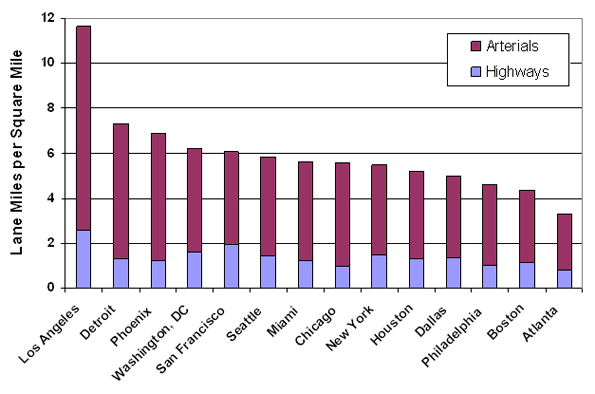
Graph 3. Road Network Density in Major Metropolitan Areas
To improve the traffic condition, there are four basic methods to use.
- Manage peak-hour automotive travel
- Raise transportation revenue
- Improve alternative transportation options
- Use existing capacity more efficiently
A phenomenon described as triple convergence undermines the effectiveness of many congestion-reduction strategies. When traffic conditions on a roadway are improved during peak hours, additional travelers will tend to converge on that newly freed capacity from (1) other times of travel, (2) other routes of travel, or (3) other modes of travel, slowly eroding the initial peak-hour congestion-reduction benefits in the busiest travel corridors.
Due to this phenomenon, pricing strategies are the most sustainable way to manage the demand for peak-hour automotive travel. The pricing strategies are often called Congestion Pricing. Specifically, it charges higher tolls to drive during peak hours or charges higher prices to park in the most convenient curb spaces at the busiest times of day. The Pricing strategies can also raise revenue to support the improvements of indispensable transportation and enhance the output capacity of existing facilities.
Graph 5. Example of Toll Roads
According to the analysis of the reasons causing the traffic congestion, significant improvements in alternative transportation modes will also be beneficial. Certain forms of pricing strategies may produce concerns about the ability of lower-income drivers to pay the charges. As the higher tolls and higher parking fees carried out, it is necessary to provide faster, more convenient and more cost-effective alternative traffic modes comparing to driving private vehicles. The improvement will also benefit those in the region who already travel by modes other than the automobile and encourage more people to choose the alternatives such as public transit.
Conclusion and Suggestion
With increasingly fuel-efficient cars, gas taxes are an ineffective way to pay for roads. Building more roads are also not a good idea to solve the problem of traffic congestion. Pricing strategies offer the only realistic prospects for managing peak-hour travel demand in L.A and there are also other additional strategies to help improve the traffic condition based on that four essential rules, such as expanding bus rapid transit with bus-only lanes or improving signal timing.
References
[1] Paul Sorensen, Martin Wachs, Endy Y. Min, Moving Los Angeles: Short-Term Policy Options for Improving Transportation. Available online at http://www.rand.org/pubs/monographs/MG748.html
[2] Paul Sorensen, Reducing Traffic Congestion and Improving Travel Options in Los Angeles, August 2010. Available online at http://www.newgeography.com/content/001318-reducing-traffic-congestion-and-improving-travel-options-los-angeles
[3] Randal O’Toole, Solving the Problem of Traffic Congestion, August, 2012. Available online at http://www.ncpa.org/pub/ba773
[4] Traffic Congestion and Reliability: Trends and Advanced Strategies for Congestion Mitigation, June, 2005. Available online at http://www.ops.fhwa.dot.gov/congestion_report/chapter3.htm


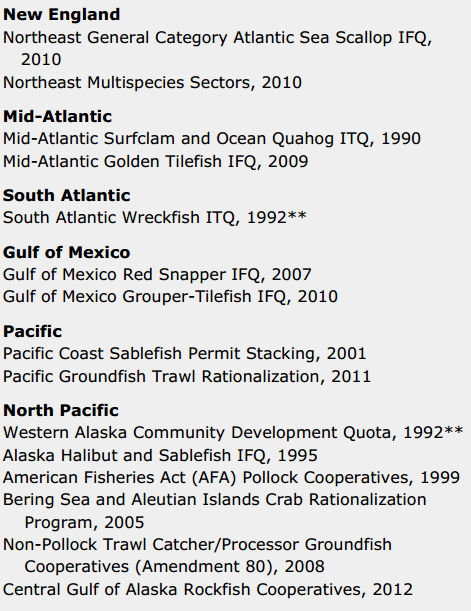
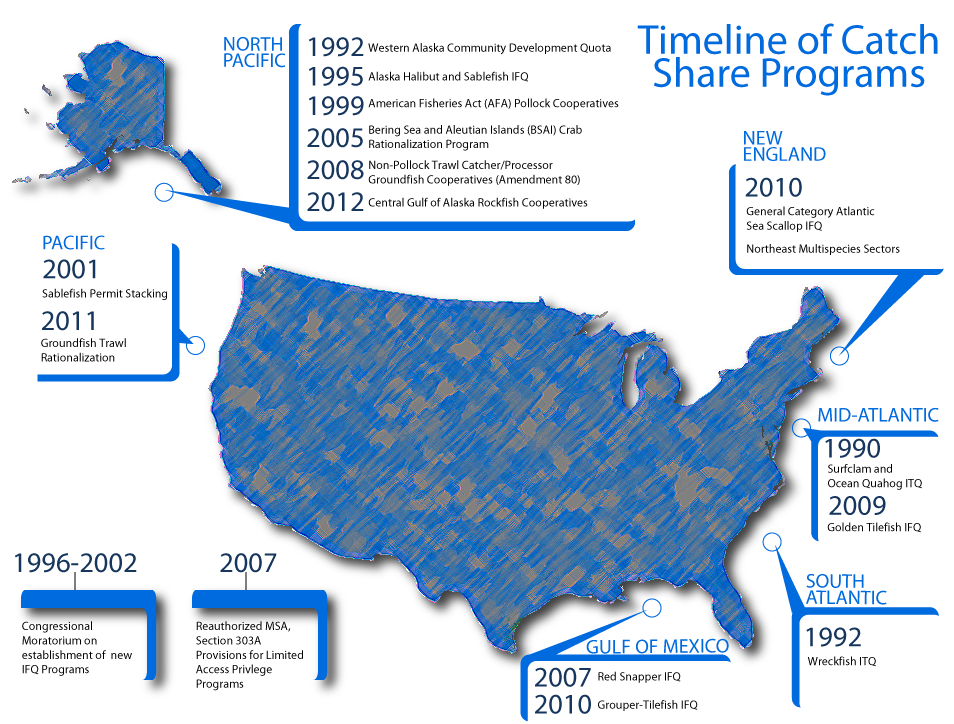

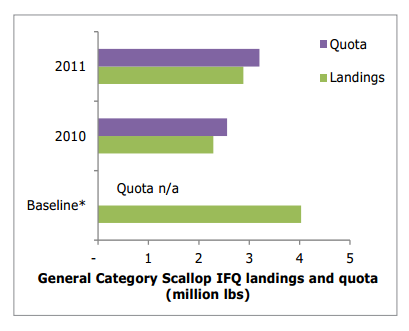 Graph 3
Graph 3





